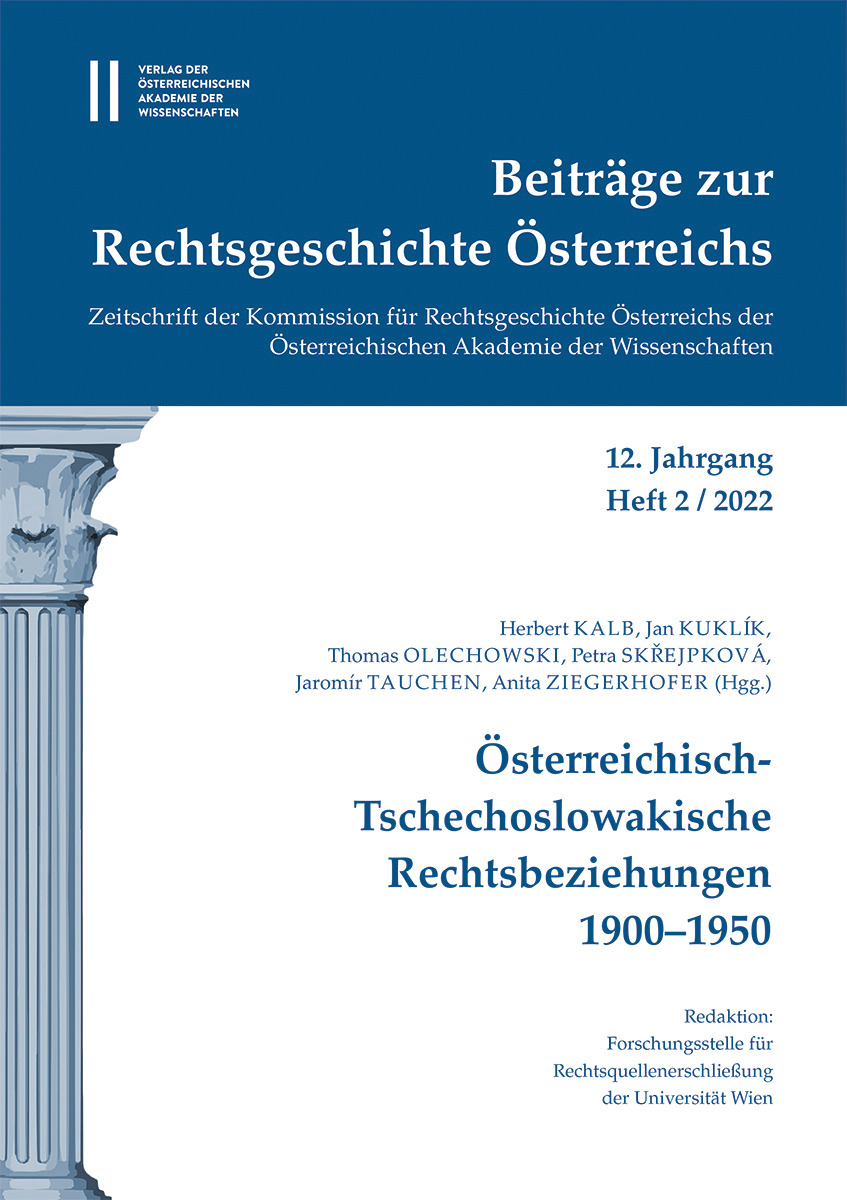
Beiträge zur Rechtsgeschichte Österreichs 12. Jahrgang Heft 2/2022, pp. 276-286, 2022/11/04

Constitutional jurisdiction in Austria between the two World Wars can be divided into four periods: (I) From 1919 to 1920, under the provisional constitution, the Constitutional Court was the successor of the Imperial Court of the monarchy, continuing its jurisdiction. (II) Under the new federal constitution of 1920, it developed into an important political actor in the 1920s, making confident use of its competences. Hans Kelsen shaped the jurisprudence and set the lines: the Court acted as a neutral arbiter between the federal and state governments, as a guardian of democracy and as a patron of minorities. In the ideologically charged conflict over the Sever marriages, it took sides with the liberal administration and against the conservative ordinary courts. (III) After its reorganisation by the 1929 constitutional amendment, the Constitutional Court was re‐staffed. Henceforth, it no longer supported parliament in hard cases, but the government. Ludwig Adamovich exercised the strongest influence within the Court between 1930 and 1933. (IV) The authoritarian constitution of 1934 no longer provided for a Constitutional Court, but only a Senate for Constitutional Questions within the Federal Court, the highest administrative court. In practice, it played a minor role.
Keywords: authoritarianism – constitutional review – distribution of competences – Interwar period – legal defense – non‐discrimination – protection of minorities – separation of powers